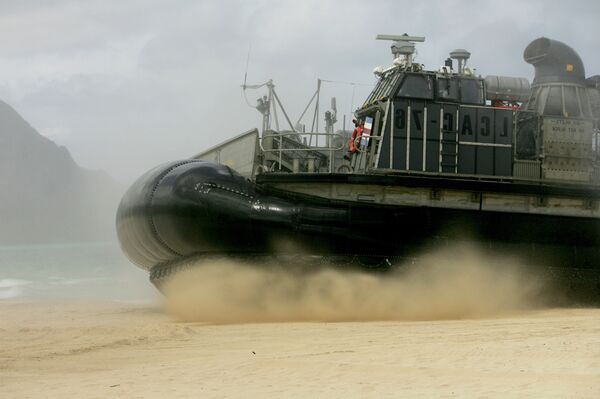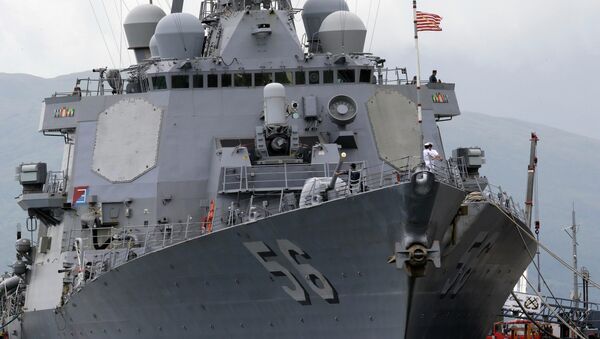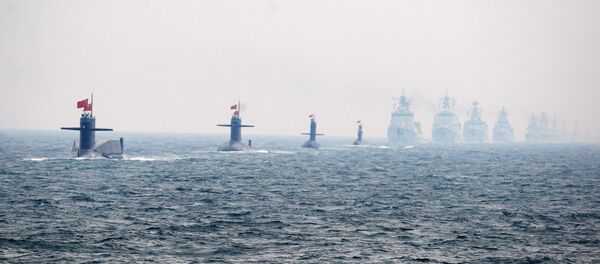Captain Junge has reprimanded the US Navy for failing to modernize and radically upgrade its existing battle fleet.
“For those seeking to right the future, the first step in fixing a problem is recognizing there is one. The second is to act. The US military is capable of identifying issues, but seems stuck on the second step," he wrote in his article for War on the Rocks, a military analysis website.
Instead of developing new, highly capable vessels, the command of the US Navy focuses on “slightly modified repeats of previous, modest successes and in some cases continuing failures,” he lamented.
“Take for example the replacement for two of the Navy’s amphibious connectors, the Landing Craft Air Cushion (LCAC) and the Landing Craft Utility (LCU). The current LCU was designed in the 1960s as an iterative improvement on World War II-era models and built in the 1970s,” he said.

“After a series of aborted attempts at faster, innovative, modern designs, the expected replacement now looks to be nothing more than an incremental improvement over the current ship. While more modern, the new landing craft utility retains the basic hull shape, propulsion, and capability of its 40-year-old predecessor. Newer, perhaps. Modern, most definitely not.”
The same applies to the LCAC and her replacement, the Ship to Shore Connector (SSC).
“The 21st-century SSC is essentially a rebuild of a hovercraft developed in the 1970s. In neither case does the new platform provide improvement in capability, capacity, speed, reliability, numbers, or cost.”
“Like the LCU, the basic hull form remains the same through five decades. There have been minor modifications around aviation fuel, the location of the combat information center, optimization for LCAC operations, and an internal maintenance space for the MV-22 Osprey. Yet from only a mile or two away, the old ship is nearly indistinguishable from its replacement.”
With such an attitude towards the replacement of its aging fleet, the expert predicts that “in the end, the bulk of the US battle fleet in 2040 will not only look just like the fleet in 2015, but also just like the fleet in 1990.”
Meanwhile, he says, foreign navies are moving forward with innovative approaches. He concludes by urging those in charge to “stop talking and start doing”.



